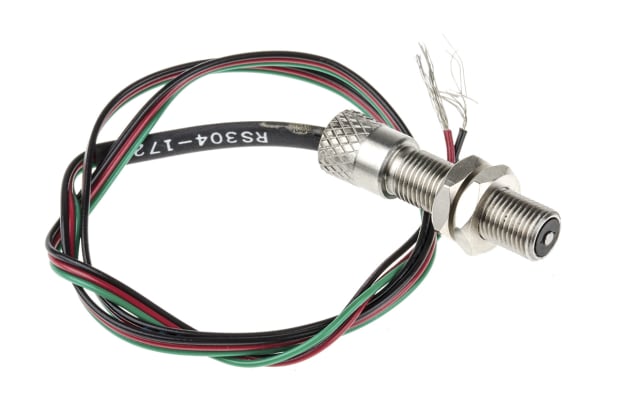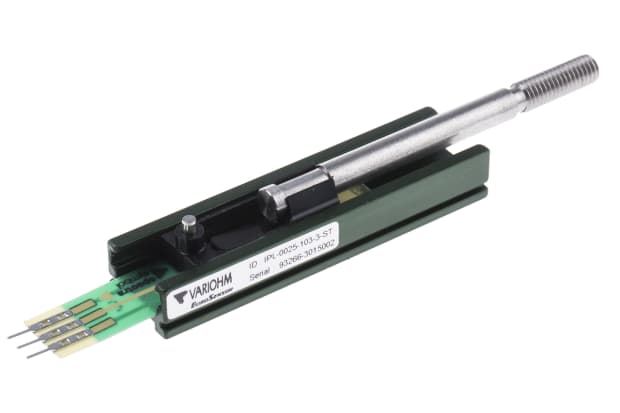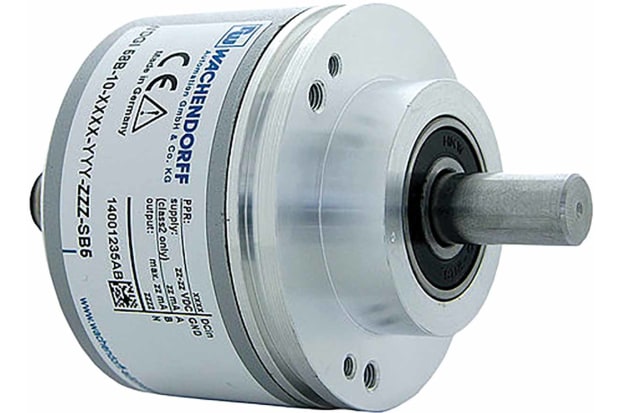- Published 30 Apr 2024
- Last Modified 30 Apr 2024
- 6 min
A Comprehensive Guide to Motion Control Sensors
Learn about motion control sensors and their applications.

Understanding Motion Control Sensors

Motion control sensors are devices designed to detect and respond to movements in their surrounding environment. They play a crucial role in various industries, from manufacturing to robotics, by providing real-time data about the position, velocity, acceleration, and direction of objects or systems.
These sensors are equipped with mechanisms that can detect changes in position, proximity, or speed, converting physical movement into electrical signals. These signals are then processed by electronic systems to initiate appropriate actions or adjustments, such as controlling the movement of machinery or triggering alarms.
Motion control sensors come in various forms, utilizing different technologies and principles to detect motion accurately. Some of the most common types include accelerometers, gyroscopes, proximity sensors, and optical encoders.
In essence, motion control sensors act as the eyes and ears of automated systems, enabling them to interact with the physical world in a precise and controlled manner. By continuously monitoring motion parameters, these sensors contribute to enhancing efficiency, safety, and reliability across a wide range of applications. Whether it's tracking the movement of a robotic arm or detecting the presence of an object on a conveyor belt, motion control sensors are indispensable tools for modern automation.
How do Motion Control Sensors Work?
Detection Mechanism:
Motion control sensors are equipped with detection mechanisms sensitive to changes in position, velocity, acceleration, or proximity. These mechanisms may include accelerometers, gyroscopes, optical sensors, or magnetic sensors, depending on the application requirements.
Conversion to Electrical Signals:
When motion occurs within the sensor's detection range, the detection mechanism converts this physical movement into electrical signals. For example, in an accelerometer, changes in acceleration result in variations in voltage or current output.
Signal Processing:
The electrical signals generated by the detection mechanism are then processed by electronic circuits within the sensor. This processing may involve amplification, filtering, or digitization to ensure accuracy and reliability.
Output Interpretation:
Once processed, the electrical signals are interpreted by the connected control system or device. Depending on the application, the interpretation may involve simple threshold detection, complex algorithms, or feedback control loops.
Initiation of Actions:
Based on the interpreted signals, the control system initiates appropriate actions or adjustments. These actions could include activating motors, adjusting the position of actuators, triggering alarms, or providing feedback to the user interface.
Different Types of Motion Control Sensors
Motion control sensors come in a variety of types, each suited to different applications and operating principles. Understanding the distinctions between these types is crucial for selecting the most appropriate sensor for a particular task. Here are some common types of motion control sensors:
Accelerometers:
These sensors measure changes in velocity or acceleration along one or more axes. They are commonly used in applications such as tilt sensing, vibration monitoring, and inertial navigation systems.
Gyroscopes:
Gyroscopes detect changes in orientation or angular velocity. They are essential for stabilizing and controlling the movement of vehicles, drones, cameras, and other devices that require precise orientation control.
Proximity Sensors:
Proximity sensors detect the presence or absence of objects within a certain range without physical contact. They are widely used in automation, robotics, and safety systems to detect the position of objects or individuals.
Optical Encoders:
Optical encoders use light or magnetic signals to track the position and speed of rotating or linearly moving objects. They are commonly found in motion control systems for precise positioning and feedback control.
Infrared Sensors:
Infrared sensors detect infrared radiation emitted or reflected by objects. They are often used for motion detection, presence sensing, and temperature measurement in various applications, including security systems and home automation.
Common Applications for Motion Control Sensors
Motion control sensors find applications across various industries and domains, enabling precise control, monitoring, and automation of physical movements. Some of the most common applications include:
Industrial Automation:
Motion control sensors play a crucial role in industrial automation systems for tasks such as robotic assembly, material handling, and machine control. They help optimize production processes, improve efficiency, and ensure safety in manufacturing environments.
Robotics:
Motion control sensors are essential components in robotic systems, providing feedback on position, velocity, and orientation. They enable robots to navigate environments, manipulate objects with precision, and interact safely with humans.
Automotive:
Motion control sensors are integral to automotive applications, including vehicle stability control, adaptive cruise control, and autonomous driving systems. They help vehicles maintain stability, navigate obstacles, and respond to changing driving conditions.
Consumer Electronics:
Motion control sensors are widely used in consumer electronics devices such as smartphones, tablets, and gaming consoles. They enable features like screen rotation, gesture recognition, and augmented reality experiences.
Healthcare:
Motion control sensors are employed in various healthcare applications, including wearable fitness trackers, medical imaging systems, and rehabilitation devices. They help monitor patient movements, track physical activity, and assist in diagnostics and treatment.
Key Considerations for Choosing Motion Control Sensors
When selecting motion control sensors for a specific application, several key factors should be taken into account to ensure optimal performance and compatibility. Here are some important considerations to keep in mind:
Accuracy and Precision:
Determine the level of accuracy and precision required for the application. Choose sensors that can reliably measure and track motion within the desired tolerance range.
Range and Resolution:
Consider the range of motion that needs to be detected and the resolution required for precise measurement. Select sensors with appropriate detection ranges and resolution levels to meet the application's needs.
Environmental Conditions:
Assess the operating environment for factors such as temperature, humidity, vibration, and electromagnetic interference. Choose sensors that are suitable for the environmental conditions to ensure reliable performance and longevity.
Integration Compatibility:
Evaluate the compatibility of the motion control sensors with existing systems, interfaces, and communication protocols. Choose sensors that can seamlessly integrate with the intended control system or platform.
Power Consumption:
Consider the power requirements and consumption of the motion control sensors, especially for battery-operated or energy-efficient applications. Select sensors that consume minimal power while maintaining reliable operation.
Motion Control Sensors FAQ
Here are some frequently asked questions (FAQs) about motion control sensors:


